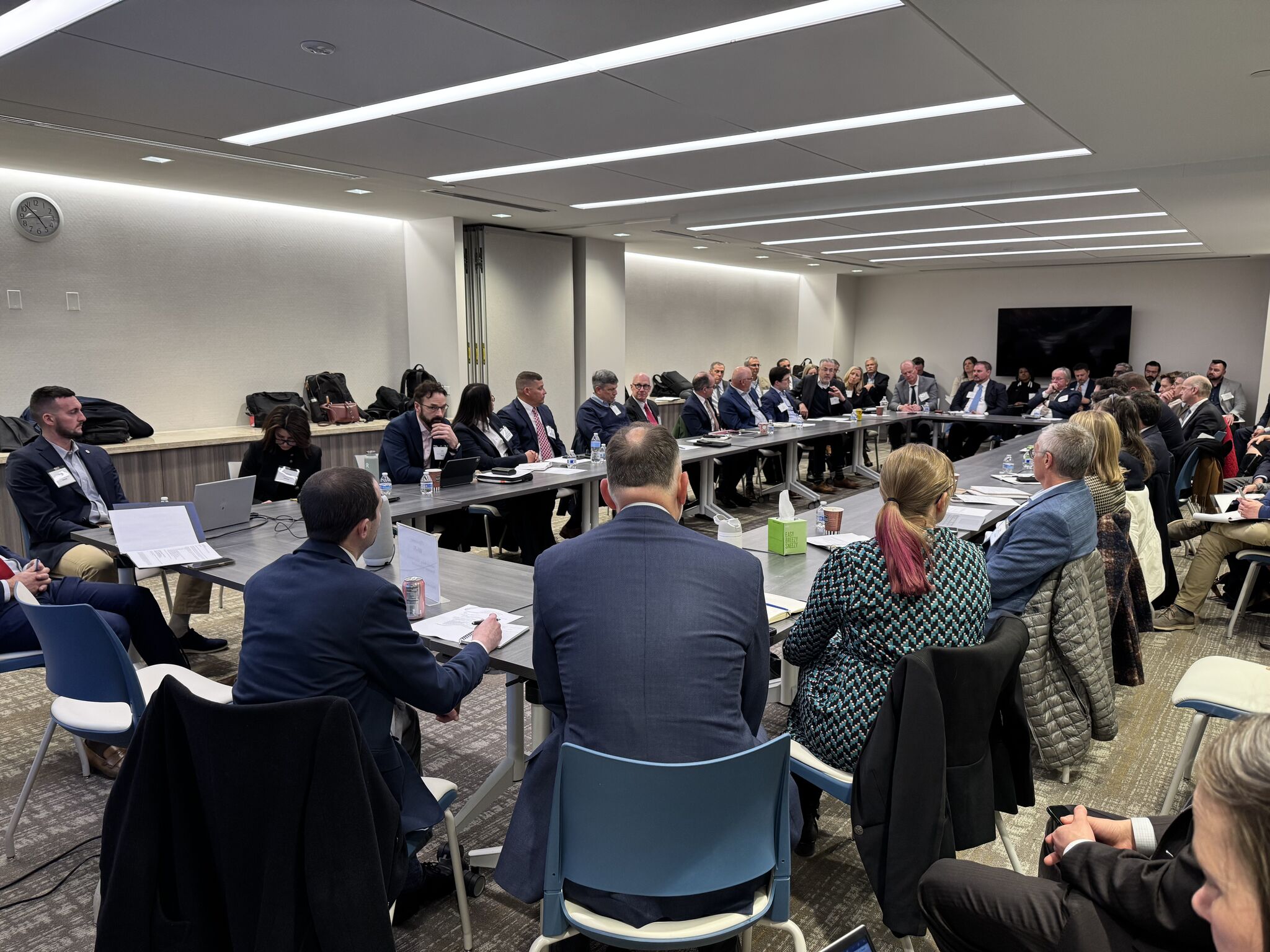Singapore’s GIC bets on Latin American infrastructure companies

(May 10): Singapore’s GIC Pte Ltd, one of the world’s largest sovereign wealth funds, is making an outsized bet on Latin American infrastructure, while targeting smaller technology companies in the region.
The fund is “overweight” on the sector — which comprises power generation and transmission, telecommunications and transportation — relative to other segments in Latin America. About 12% of its global investments in infrastructure are allocated to the region, according to chief executive officer Lim Chow Kiat. The focus is on Brazil and Mexico, the largest markets, with some smaller investments in the Andean region.
“Infrastructure is important to GIC, but I would say it is important to Latin America, because with that in place, a lot of economic activity can happen, and you generate a lot of other good things,” Lim said in an interview in Sao Paulo this week. “We hope the region has more of such opportunities for us.”
More recently, the sovereign wealth fund also set up pools of capital to invest in infrastructure opportunities related to the climate transition.
Lim said GIC starts with smaller checks for “these younger, technology driven companies”, and may scale up over time as they need more capital to grow. Brazil has a particular chance to do more with green technology, he added.
Ten years
Since opening its office in South America’s largest city a decade ago — Sao Paulo is GIC’s only location in Latin America, employing about 25 people — the fund has been active across sectors. In Brazil, it partnered with Iberdrola SA and built up holdings in Centrais Eletricas Brasileiras SA to invest in power generation, acquired stakes in medical services provider Rede D’Or Sao Luiz SA and fintech giant Nu Holdings Ltd. In Mexico, GIC invested in Red de Carreteras de Occidente SAB, one of the country’s largest toll-road operators.
Despite the increased dollar amount dedicated to the region — growth that Lim says is in line with the fund’s overall numbers — Latin America remains small for the fund, making up about 4% of assets as of last year. GIC, which doesn’t disclose the size of its portfolio, is estimated to manage around US$769 billion (RM3.64 trillion) globally, according to consulting firm Global SWF. It invests in 45 countries, with most of the holdings — around 40%, according to Lim — in the US.
“We have found many good opportunities in a variety of sectors, whether that is infrastructure, or private equity, health, education, and financial services,” said Wolfgang Schwerdtle, the fund’s head of direct investments in Latin America. The fund is finding “interesting” opportunities in India and in Mexico, he added.
In India, while GIC faces competition to find assets to deploy capital — the country emerged as an investor darling as China slows — the fund remains positive due to “very pro-business reforms over the last 10 years now”, Lim added. In Mexico, meanwhile, Lim isn’t deterred by the strength of the Mexican peso.
“We are not in a game of cyclical positioning. That’s not GIC,” Lim said, adding that there are “good reasons” for the currency rally.
Rocky markets
Despite its size and breadth, GIC has been hit along with global markets amid higher interest rates and geopolitical instability — issues its senior leadership first warned about as early as 2018. Last July, GIC reported its worst-five year returns since 2016.
The fund continues to receive injections of funding from the Monetary Authority of Singapore, giving it firepower where other investors may be backing off amid rocky conditions. It’s also changing its leadership ranks, replacing its COO and appointing Bryan Yeo as its deputy group chief investment officer in February.
The higher-for-longer rate environment “should not pose too much of a challenge” for long-term players like GIC, Lim said, adding investment should increase for countries that have managed their macroeconomic policies well. He said the stronger dollar could also bring opportunities for emerging-market countries, as their exports become more competitive.
“Let’s take Brazil: We think that the country is in good shape with where its macro cycle is, and the central bank has done a great job containing inflation,” he added.
As for rising geopolitical risks, “our assumption is that this kind of geopolitical tension will continue for many years to come”, Lim said. “That’s not something that will go away anytime soon.”
Related
How SenseiNode Is Building Proof-of-Stake Infrastructure in Latin America
A lot of attention is paid to the decentralization of the Bitcoin network.Bitcoin miners should set up shop in a number of different jurisdictions in order to p
The Infrastructure of Racial Justice Is Under Attack. We Must…
President Donald Trump began February with a proclamation that Black History Month offered “an occasion to celebrate the contributions of so many Black Am
Bomb threat found “non-credible”: American Airlines after Delhi-bound flight diverted…
American Airlines has said that the "bomb threat on board", due to whi
Big infrastructure investment plans take shape in America
Amtrak and dozens of major industry partners representing construction, manufacturing, rail supply, engineering, and other sectors convened for an industr













